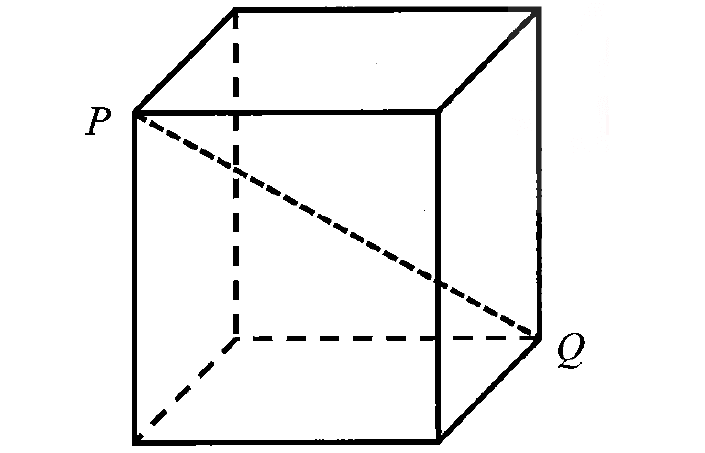EXPECTED VALUE OF A DISCRETE RANDOM VARIABLE
Expected value or Mathematical Expectation or Expectation of a random variable may be defined as the sum of products of the different values taken by the random variable and the corresponding probabilities.
For example, if a discrete random variable takes the values 1, 2, 3, 4 and 5, expected value of the random variable is nothing but the most probable value among the values 1, 2, 3, 4 and 5.
That is, the value which has more chance to occur.
Let "X" be a discrete random variable.
Let us assume that X takes n values X1, X2, X3........Xn with corresponding probabilities P1, P2, P3 …., Pn
Then, the expected value is given by
E(X) = ∑PiXi
Expected value of x² is given by
E(X2) = ∑PiXi2
When x is a discrete random variable with probability mass function f(x), then its expected value is given by
E(x) = ∑xf(x)
Note :
Expected value is also called as mean
Properties of Expected Value
1. Expectation of a constant k is k
That is,
E(k) = k for any constant k
2. Expectation of sum of two random variables is the sum of their expectations.
That is,
E(x + y) = E(x) + E(y) for any two random variables x and y.
3. Expectation of the product of a constant and a random variable is the product of the constant and the expectation of the random variable.
That is,
E(kx) = k.E(x) for any constant k
4. Expectation of the product of two random variables is the product of the expectation of the two random variables, provided the two variables are independent.
That is,
E(xy) = E(x).E(y)
Whenever x and y are independent.
Examples
Example 1 :
An unbiased coin is tossed three times. Find the expected value of the number of heads.
Solution :
Let x denote the number of heads when an unbiased coin is tossed three times.
Then the possible values of x are 0, 1, 2 and 3.
The probability distribution of x is given by

Now, the expected value of x is given by
E(x) = ∑px
E(x) = (0x1/8) + (1x3/8) + (2x3/8) + (3x1/8)
E(x) = 0 + 3/8 + 6/8 + 3/8
E(x) = (3 + 6 + 3) / 8
E(x) = 12/8
E(x) = 1.5
So, the expected value of number of heads is 1.5
Example 2 :
In a business venture, a man can make a profit of $ 50000 or incur a loss of $20000. The probabilities of making profit or incurring loss, from the past experience, are known to be 0.75 and 0.25 respectively. What is his expected profit ?
Solution :
Let x denote the profit in business.
Then the possible values of x are 50000 and -20000.
(20000 loss can be taken as -20000 profit)
The probability distribution of x is given by

Now, the expected value of "x" is given by
E(x) = ∑px
E(x) = (50000x0.75) + (-20000x0.25)
E(x) = 37500 - 5000
E(x) = 32500
So, the expected profit is $32500.
Kindly mail your feedback to v4formath@gmail.com
We always appreciate your feedback.
©All rights reserved. onlinemath4all.com
Recent Articles
-
Digital SAT Math Problems and Solutions (Part - 151)
Apr 26, 25 11:18 AM
Digital SAT Math Problems and Solutions (Part - 151) -
AP Calculus BC Problems with Solutions
Apr 26, 25 05:49 AM
AP Calculus BC Problems with Solutions -
Digital SAT Math Problems and Solutions (Part - 150)
Apr 25, 25 11:46 AM
Digital SAT Math Problems and Solutions (Part - 150)
